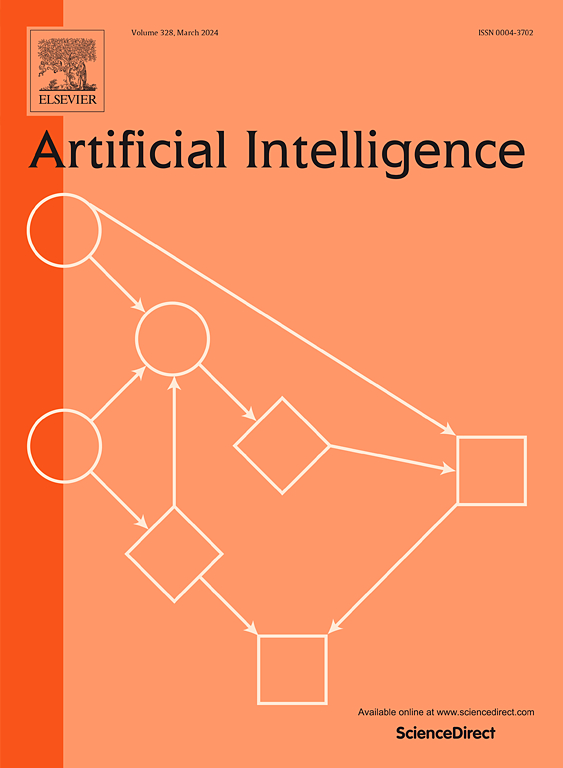带有立方体学习功能的 QCDCL 或纯粹的字面排除 - 哪种方法最好?
IF 5.1
2区 计算机科学
Q1 COMPUTER SCIENCE, ARTIFICIAL INTELLIGENCE
引用次数: 0
摘要
量化冲突驱动子句学习(QCDCL)是求解量化布尔公式(QBF)的主要方法之一。我们对 QCDCL 的几个版本进行了形式化和研究,其中包括立方学习和/或纯字面消除,并通过证明复杂性技术对由此产生的求解变体进行了形式化比较。我们的结果表明,几乎所有的 QCDCL 变体在证明大小(以及求解器运行时间)方面都是指数级的,这表明了如何实际实现 QCDCL 的不同正交方法。本文章由计算机程序翻译,如有差异,请以英文原文为准。
QCDCL with cube learning or pure literal elimination – What is best?
Quantified conflict-driven clause learning (QCDCL) is one of the main approaches for solving quantified Boolean formulas (QBF). We formalise and investigate several versions of QCDCL that include cube learning and/or pure-literal elimination, and formally compare the resulting solving variants via proof complexity techniques. Our results show that almost all of the QCDCL variants are exponentially incomparable with respect to proof size (and hence solver running time), pointing towards different orthogonal ways how to practically implement QCDCL.
求助全文
通过发布文献求助,成功后即可免费获取论文全文。
去求助
来源期刊

Artificial Intelligence
工程技术-计算机:人工智能
CiteScore
11.20
自引率
1.40%
发文量
118
审稿时长
8 months
期刊介绍:
The Journal of Artificial Intelligence (AIJ) welcomes papers covering a broad spectrum of AI topics, including cognition, automated reasoning, computer vision, machine learning, and more. Papers should demonstrate advancements in AI and propose innovative approaches to AI problems. Additionally, the journal accepts papers describing AI applications, focusing on how new methods enhance performance rather than reiterating conventional approaches. In addition to regular papers, AIJ also accepts Research Notes, Research Field Reviews, Position Papers, Book Reviews, and summary papers on AI challenges and competitions.
 求助内容:
求助内容: 应助结果提醒方式:
应助结果提醒方式:


